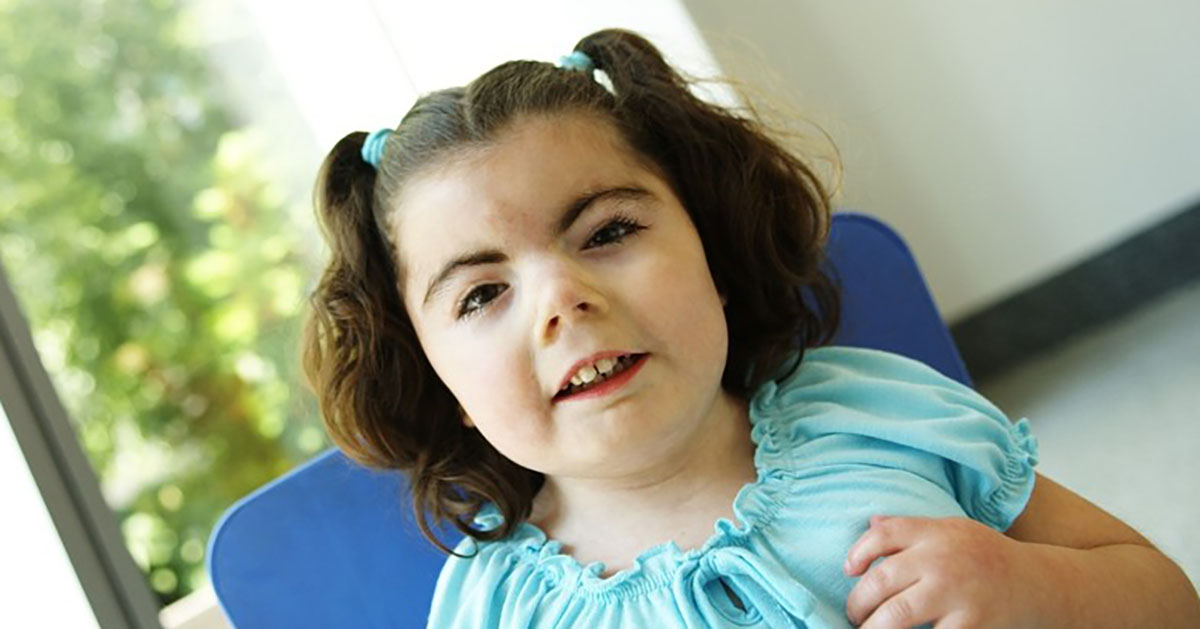Everything You Need To Know About Cornelia de Lange Syndrome
Congenital disorders are conditions present at birth, which means they cannot be 'caught' years later. The patients are born with it. There are some common congenital conditions, such as Down syndrome, cerebral palsy, cleft palate, and cystic fibrosis, and various hearing or sight-related conditions. Most individuals know at least a little bit about the common congenital disorders, even if this information is just the name of it. These conditions are also the most likely to have a charity raising research funds for the condition.
However, there are also quite a few rare congenital disorders out there. Unfortunately, many individuals have never even heard of them, let alone know anything else about them. One of these rare congenital disorders is Cornelia de Lange syndrome (CdLS). Start reading for everything patients should know about this syndrome, including what it is, as well as the causes, symptoms, treatment, and patient prognosis.
What Is Cornelia De Lange Syndrome?

As stated previously, Cornelia de Lange syndrome is a congenital disorder. Though it is present at birth, doctors may not always be able to diagnose it from birth. This disorder causes many medical, cognitive, and physical challenges for those who suffer from it. The symptoms and their severity vary widely but often include growth delays, limb defects, intellectual disabilities, and distinctive facial characteristics.
It is clear CdLS does not discriminate in who it affects, and is present in both genders equally, and can affect anyone of any race or ethnic background. The condition is named after a Dutch pediatrician, Cornelia Catharina de Lange, who first described it. Reports estimate CdLS occurs once in every ten thousand live births.
Understanding what this condition is essential, but what about what causes it? Continue reading to reveal these details.